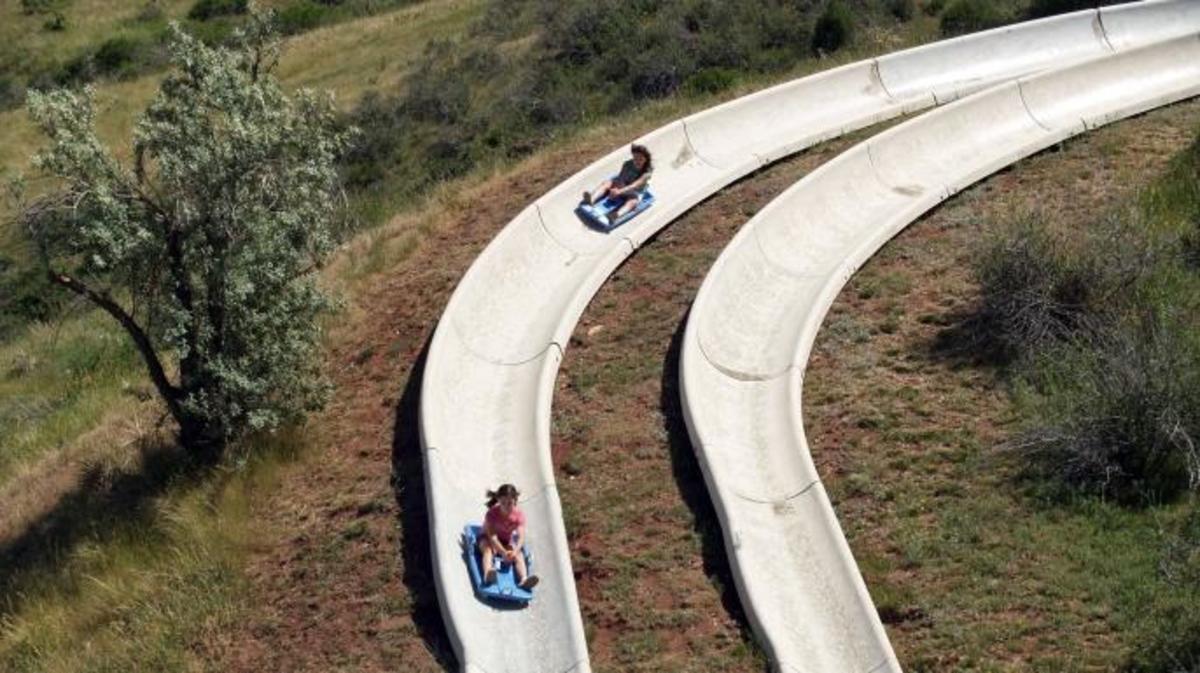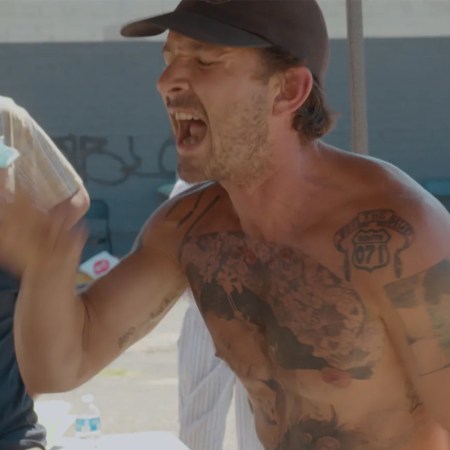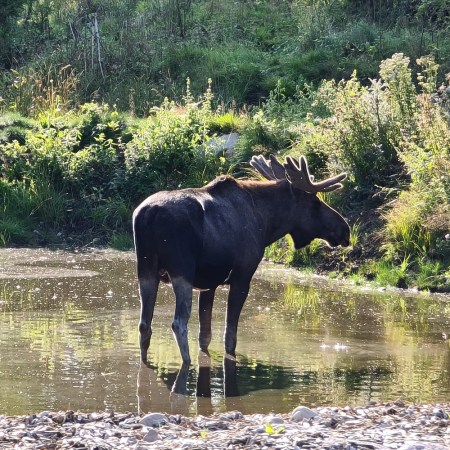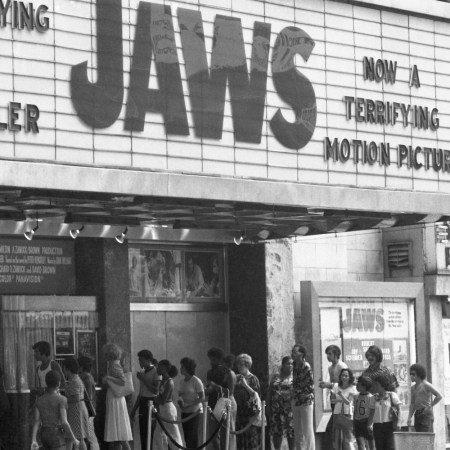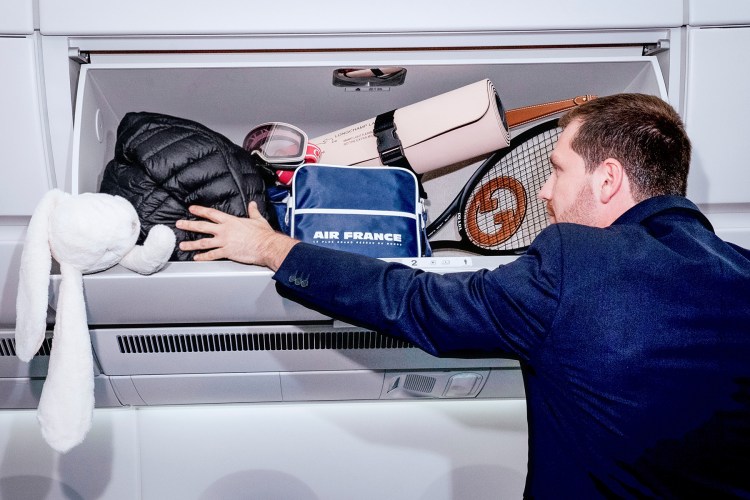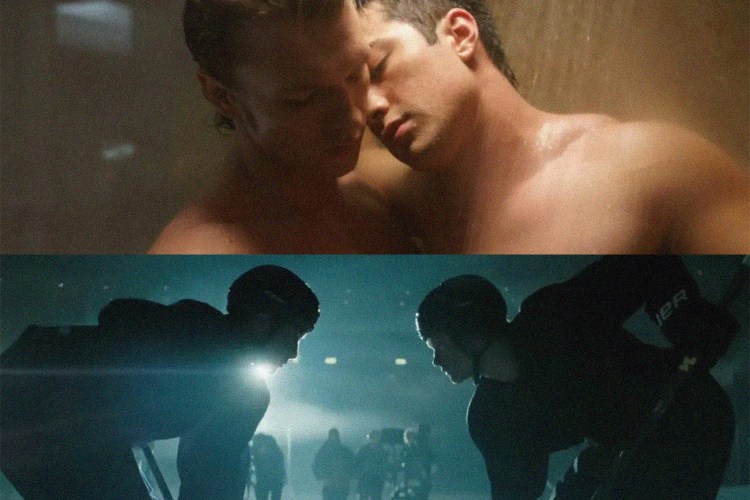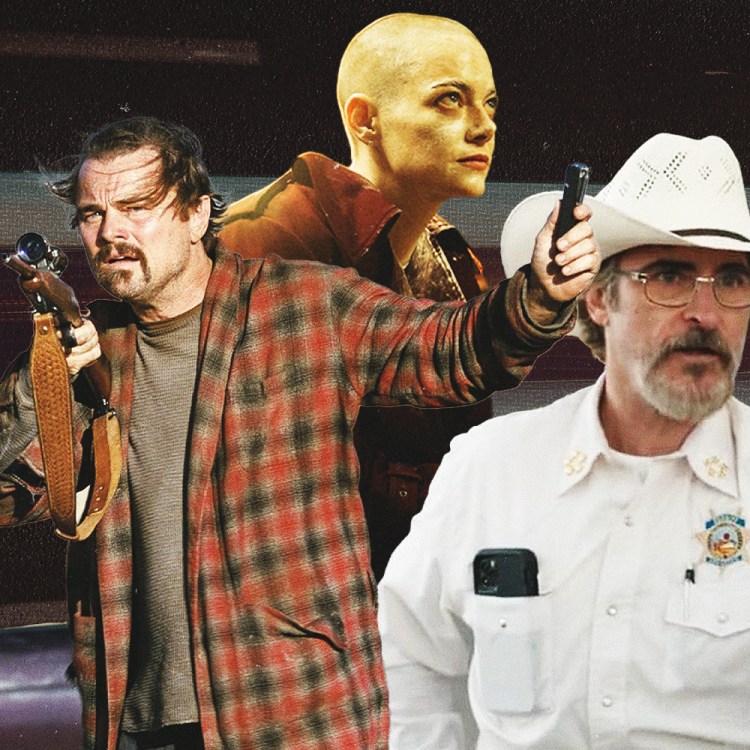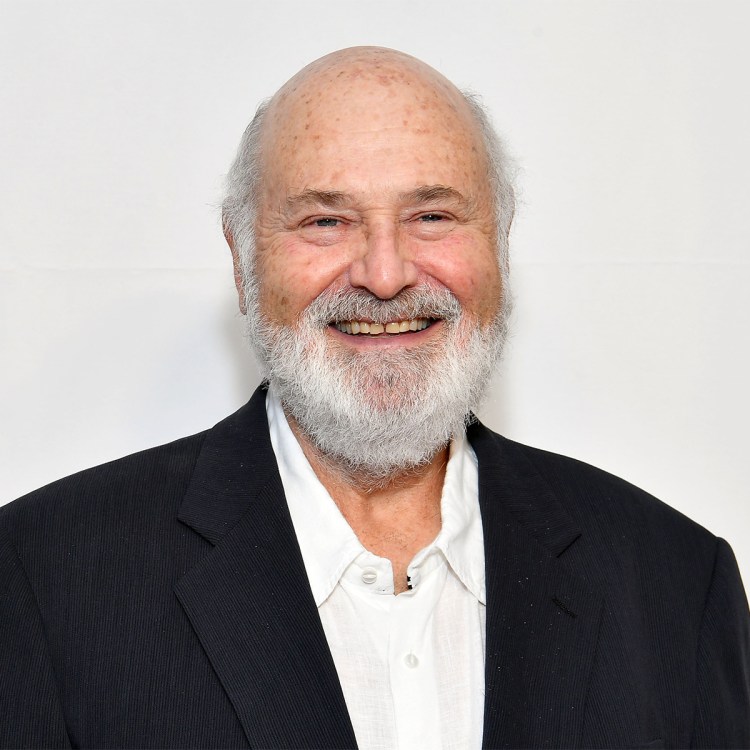Some amusement parks are known for their seamless efficiency. Others might be hailed for their innovative rides. And still others are famed for their ability to entertain attendees of all ages. The story of amusement parks is one that has many dimensions and tells the story of myriad entertainments. And then there’s the case of Action Park.
During the time when it was open in northern New Jersey, Action Park was less famous than infamous: known for an anarchic atmosphere and rides that defied logic. Among those who visited the park in its heyday was Seth Porges, who’s now co-directed (along with Chris Charles Scott) a new documentary about the place: Class Action Park.
“My family, we were the kind of family that went to a lot of theme parks and amusement parks,” Porges tells InsideHook. “My dad is from the New Jersey area, so we found ourselves in that region on occasion. And you know Action Park was a nice way to spend the day, right? With your family, with the kids.”
Except, as Porges notes, “there’s also a lot of things that may not have been terribly appropriate for an eight-year-old.”
“It was mostly just an atmosphere of general chaos and impossibility,” he adds. “I mean, one of the first things you see when you enter the park is this looping water slide. And immediately, that kind of throws you off balance. It kind of lets you know that anything is possible here, that common sense doesn’t apply here. That shouldn’t exist. Right?”
Class Action Park isn’t Porges’s first foray into documenting Action Park. A short documentary he produced, The Most Insane Amusement Park Ever, was released in 2013, and quickly went viral — especially among people who grew up remembering Action Park in its heyday. The short also helped inspire the 2018 comedy Action Point, which reunited several Jackass alumni for a film set in an amusement park where safety regulations and logic were left by the wayside.
Porges remembers an atmosphere of chaos at Action Park. “There was this feeling that you could do whatever you wanted and nobody was going to tell you no,” he says. “If you and your four buddies wanted to jump down the water slide at the exact same time, nobody was going to stop you, right? If you want to stand up in the middle of the water slide and just start going at it and getting into a fight with somebody…” His voice trails off.
“That kind of thing happened every single day there.”
That atmosphere helped contribute to Action Park’s reputation. But atmosphere will only get you so far: the rides and activities there, Porges says, are what really made the place memorable.
“These weren’t rides that you find at a typical amusement park where you strap in and the ride does all the work,” Porges says. “Action Park was different in that a lot of the rides were what the park called participation, or self-participation, rides — meaning that you controlled some aspect of the ride.”
There’s no possible way that could go wrong, right?
“You piloted,” he says. “You decided how fast the ride went, how high it went. You were controlling it, the same way you’re in control of a car.”
As the documentary’s title suggests, Action Park was not the safest place in the world. Porges points out that if “somebody chose to operate it in an unsafe manner, there’s bad things can and would happen.”
But the park’s reputation wasn’t just born out of reckless patrons or teenagers being teenagers. “These rides were not well designed,” he says. “And oftentimes people were doing everything right, and they would still get hurt. Or they would do everything right but be sharing a track or a space or a ride with somebody who wasn’t following the rules, and you could very well end up as collateral damage.”
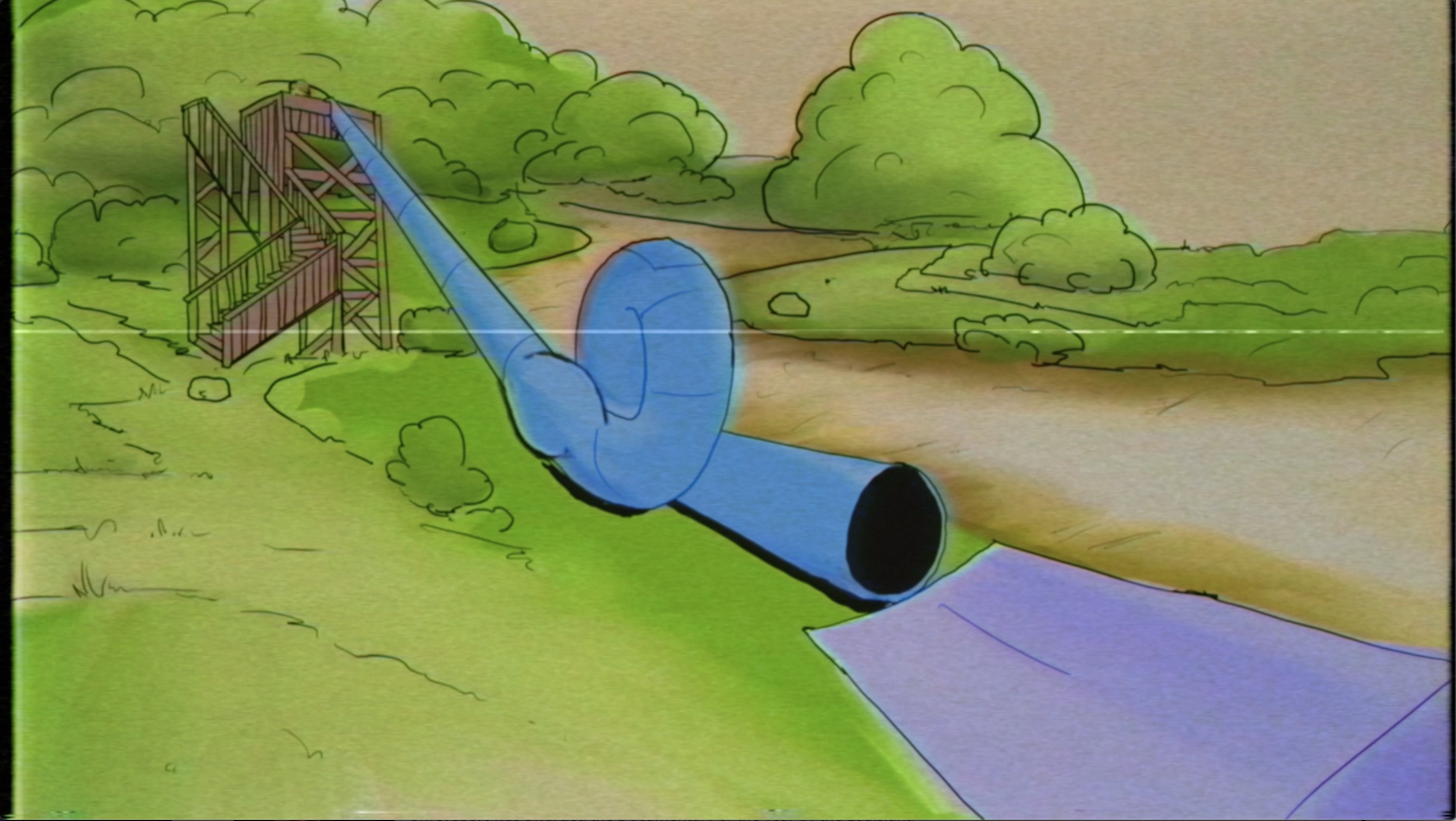
Action Park has accumulated a fair share of mythology since closing in 1996. “Part of the place, we had ceded to urban myth, ceded it to legend,” Porges recalls. “There’s all these fantastical stories out there and that’s what people just sort of accept as the story of Action Park. And these things that may or may not be true, but they’re wild and weird and impossible to believe.”
Porges teamed with Chris Charles Scott for Class Action Park — a case where their skills complimented one another well. “Chris is a fantastic documentary filmmaker who knows how to run a tight ship,” Porges says. “He knows how to pull a production together quickly, cheaply, and beautifully. I have been researching the story as a reporter for a number of years, so if you had said, ‘Seth, go make a feature length documentary on it,’ I would have been in way over my head.”
The resulting documentary went in a somewhat different direction than the filmmakers anticipated. “We expected this movie to be much more fun and funny and upbeat. And a lot of the movie is that,” Porges says. “But in order to tell the honest story, there is a level of sadness to the movie, and a level of darkness that I don’t think any of us really expected going into it.”
That included exploring some of the more tragic moments in the park’s history.
“You know, we spoke to family members of the young man who was killed at the park in 1980. And in 39 years, nobody had ever asked them what happened,” Porges says. “That was astonishing to me. As a result, the story that was out there about this incident was not true. The story that was out there, that started in newspapers even, and was reiterated in sort of more modern stories about Action Park, is just not true.”
Porges notes that, in 2019, the 1980s are a hot destination.
“One of the reasons people look back fondly at Action Park is the same reason they look back fondly at the ’80s in general,” he says. “It’s the years remembered as a time when there were fewer rules, fewer regulations, more privacy. Kids are running around, screaming in the woods.”
For all that Class Action Park serves as a reminder of some of the more bizarre occurrences of that decade, the film Porges and Scott have made doesn’t neglect the very real danger of the park in that era. After all, you can travel into the past without nostalgia carrying you away — no matter how enticing that waterslide might look.
This article appeared in an InsideHook newsletter. Sign up for free to get more on travel, wellness, style, drinking, and culture.
